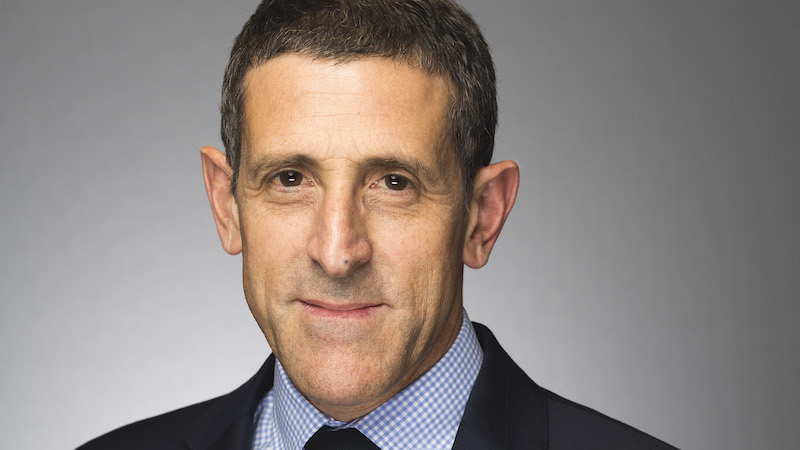Nobody likes a drop in living standards so it is timely to ask what investors can, and should, do about inflation. Does it, for example, make sense to sell all your fixed income and cash and buy inflation-linked bonds and commodity plays, such as energy and gold? The answer to that depends on how confident you are that we are entering a high-inflation era that is simply not priced into assets today.
After 18 months of surging prices, there is clear evidence central banks and investors expect higher inflation. The US has led the pack, with recent prints of above 7% for headline CPI year-on-year. The drivers are clear: rising commodity prices – especially energy and jumps in goods prices – spurred by higher shipping costs and Covid-related supply disruptions. More spending than usual has been directed at goods rather than services. Pay rises have stoked services inflation.
Services inflation critical
Strong demand and constrained supply are still with us, so the momentum remains behind rising inflation. What happens next is fun to speculate but way too uncertain to predict confidently. Services inflation is critical and could rise if we all expect higher inflation and labour shortages give us the upper hand in wage bargaining.
The counter is that capitalism, technology and now government policy are aligned to hold back higher inflation from taking root. It may be hard to imagine a world again of increased supply but, when there is money to be made, that is what capitalism does.
Technological advances are reducing the cost and increasing the quality of goods and services. Governments are shape-shifting from Santa to Scrooge. Central banks are ending the era of free money. Taxes on business and consumers are rising sharply to repair huge holes in government balance sheets. Both mean less disposable income and less spending.
Whatever happens to inflation, it is interest rates that really move the needle on how asset prices behave. To see what happens when rates spike, take a closer look at 1994 and 1980/81. All asset classes sold off. Inflation trended down. Many other factors were at work, of course, but the impact of rising rates is hard to avoid and generally painful.
In fact the pain has started already. Bonds copped it first as investors priced in rising rates, though developed market government bond yields still remain low. Emerging market bonds stand out as offering much better value than developed as rates have already risen for some time and yields provide greater reward for taking on the risk of inflation. The impact on equities has been more company or sector-specific so far, with markets in general still trading at high valuation levels.
Gold and energy producers
What about inflation-linked assets? Gold prices surged in 2020 and again more recently, echoing rallies in the years after the 2008/09 global financial crisis. The result today is that gold prices are high versus history and even versus a simple fair-value model based on US CPI since the deregulation of gold in the 1970s.
It is the lack of new supply relative to paper money that creates the potential for gold to hold its value better than bonds and cash. Rising interest rates start to swing the balance back in favour of cash and bonds, as this increases their income and provides more compensation for the risk of higher inflation eroding the value of the principal.
We hold shares in energy producers in our managed portfolios and saw these as especially attractive back in 2020 – if less so now after the rally. Energy remains the essential ingredient for producing all goods and services. The rally in oil prices from less than zero to more than $90 (£66) has been spectacular and is sowing the seeds for the next wave down.
At current prices it is very profitable to produce as much as possible. So far, restraint by OPEC-plus countries and production mishaps have held supply in check. Decarbonisation has kiboshed net new investment – little wonder then that oil majors have been re-rated as oil prices rise. Their recovery has made them the best-performing sector of 2021 but it also means they reflect current high oil prices despite decarbonisation accelerating and huge new investments in wind, solar and batteries – let alone more calls for windfall taxes.
Inflation-linked bonds
Inflation-linked bonds offer a much tighter link with inflation surprises and can be used as a purer form of inflation hedge than most other assets. 2021 was a banner year for returns. While some of their return reflected the longer duration of the indices due to issuance maturity, they also benefitted from the move up in inflation expectations. We have been scaling back exposure as they outperformed. Their ‘kryptonite’ is rising real short-term interest rates and they are starting to underperform.
Our view is it is too late to switch to inflation-linked assets. Their prices are high and embed expectations of higher inflation. The wheels are in motion to bring down inflationary pressures. Future demand will be reduced by rising interest rates and taxes while supply responses and waning Covid restrictions will reduce the upward pressure on goods prices. Instead, look for undervalued assets that can perform in a range of scenarios – not just high inflation.
Mike Coop is chief investment officer, EMEA at Morningstar Investment Management










